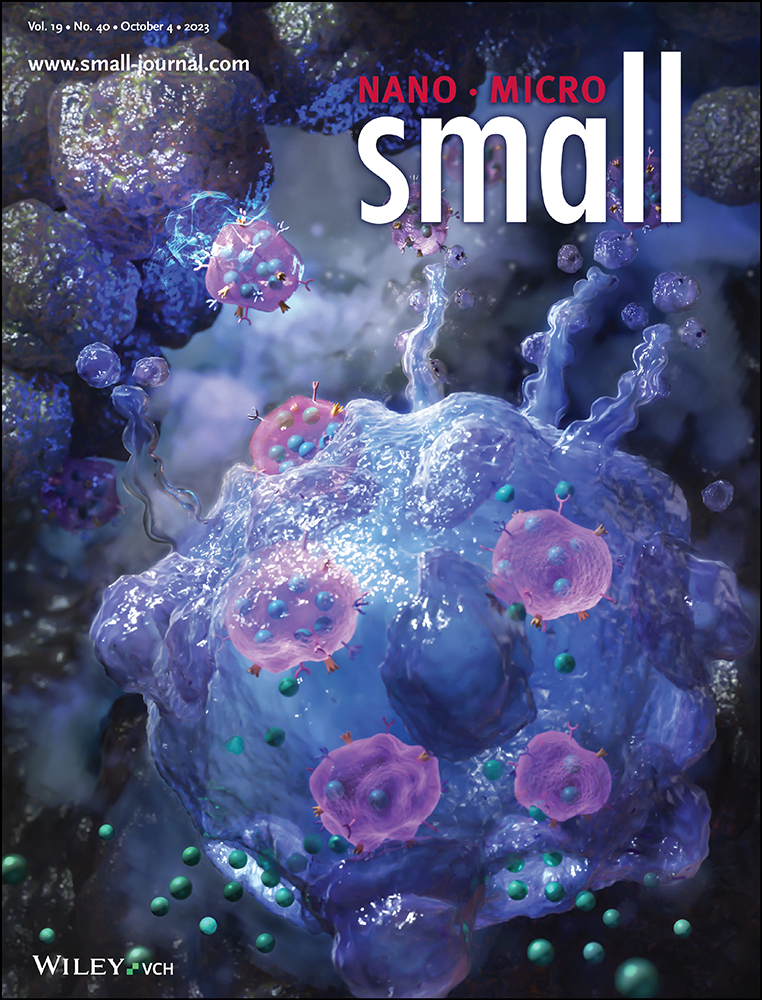On the Working Mechanisms of Molecules-Based Van der Waals Dielectrics
Abstract
Sb2O3 molecules offer unprecedented opportunities for the integration of a van der Waals (vdW) dielectric and a 2D vdW semiconductor. However, the working mechanisms underlying molecules-based vdW dielectrics remain unclear. Here, the working mechanisms of Sb2O3 and two Sb2O3-like molecules (As2O3 and Bi2O3) as dielectrics are systematically investigated by combining first-principles calculations and gate leakage current theories. It is revealed that molecules-based vdW dielectrics have a considerable advantage over conventional dielectric materials: defects hardly affect their insulating properties. This shows that it is unnecessary to synthesize high-quality crystals in practical applications, which has been a long-standing challenge for conventional dielectric materials. Further analysis reveals that a large thermionic-emission current renders Sb2O3 difficult to simultaneously satisfy the requirements of dielectric layers in p-MOS and n-MOS, which hinders its application for complementary metal-oxide-semiconductor (CMOS) devices. Remarkably, it is found that As2O3 can serve as a dielectric for both p-MOS and n-MOS. This work not only lays a theoretical foundation for the application of molecules-based vdW dielectrics, but also offers an unprecedentedly competitive dielectric (i.e., As2O3) for 2D vdW semiconductors-based CMOS devices, thus having profound implications for future semiconductor industry.
Conflict of Interest
The authors declare no conflict of interest.
Open Research
Data Availability Statement
The data that support the findings of this study are available from the corresponding author upon reasonable request.




